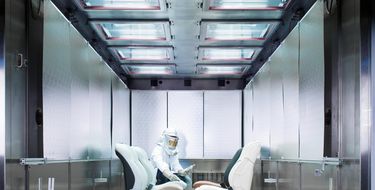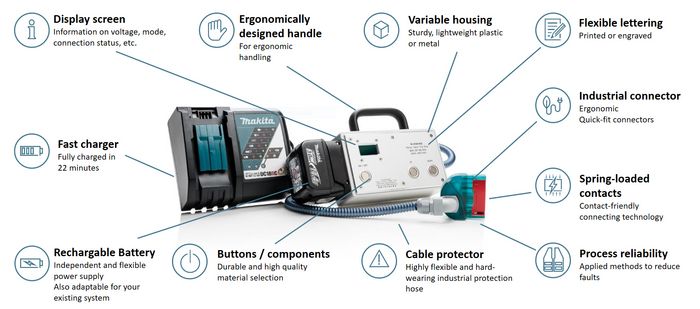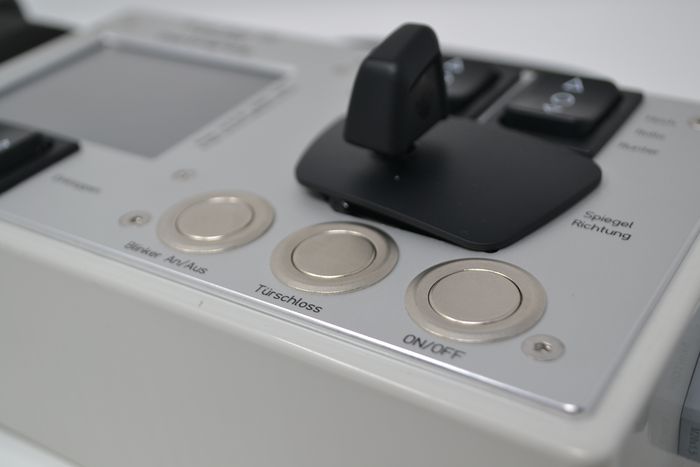Handheld devices for the power supply, bus simulation and motor control of mechatronic systems in the vehicle body and interior
In modern automotive engineering, many functions in the vehicle are electronically supported. For that reason, vehicle components such as seats, tilting/sliding sunroofs, convertible roofs, electric windows, electric trunk lids, and many others can only be operated or adjusted when connected to a power supply.
However, during prototyping, production, and repair operations, as well as in workshops and upholstery shops, it is often necessary to test the functionality of these components both inside and outside the vehicle.
The Handheld Devices for the control of electrical vehicle components provide compact and mobile tools that enable users to test and adjust electric components throughout their entire range of travel as well as the testing adjustments paths.
Residual bus simulation, for example, makes it possible to adjust a seat both inside and outside the vehicle. In addition, the portfolio of Handheld Devices for power supply, bus simulation and motor control features a vehicle-independent electrical circuit that can be powered by standard Makita or Bosch batteries.
The end user can also read, control, and operate other vehicle control units via a CAN/LIN bus.




